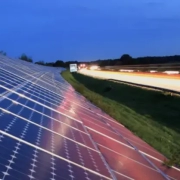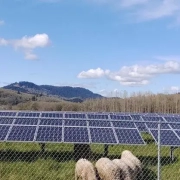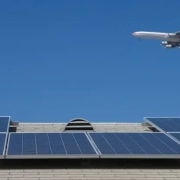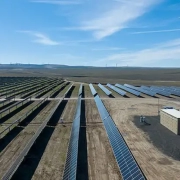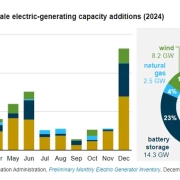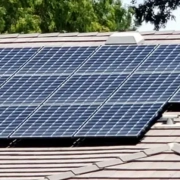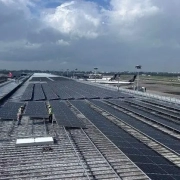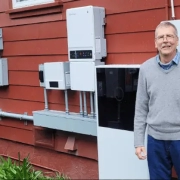Despite a record-breaking 60 gigawatts direct current (GWDC) of solar PV capacity expansion in 2023, solar power generation in Europe saw a modest increase of about 20%. This year, however, will be another story.
Rystad Energy forecasts solar photovoltaic (PV) energy will spike by about 50 terawatt-hours (TWh) in 2024 – growing for the first time more than any other generation source – due to major capacity installations across the region, with Germany leading the way. Wind power generation is also expected to increase in 2024. However, the growth rate will not match the last one seen in 2023, when wind energy output increased by 50 TWh thanks to additional capacity installations and a windier year, particularly in the last quarter.
Click here to read the full article
Source: OilPrice
—
If you have any questions or thoughts about the topic, feel free to contact us here or leave a comment below.


